Rarely has a revival given a firmer thumbs-up for the future of dance-theatre. Yet Matthew Bourne’s latest show, first aired at the tail-end of lockdown, is far from being a high-octane people-pleaser. It won’t send its audience out teary-eyed and shaken as his Swan Lake did and continues to do. It doesn’t have the delirious narrative sweep of The Red Shoes (set to return next Christmas).
As always, the director-choreographer shares the creative credit with his collaborators, all of them experts in the Bourne aesthetic. Lez Brotherston’s designs are a marvel of visual shorthand – a few suspended sash windows stand for an entire terrace of dingy housing; the mere roof section of a phone box is enough to delineate the whole thing. He moves the action effortlessly from bedsit to tavern to alleyway to fleapit cinema and back to the pub without once resorting to a front curtain. Meanwhile Paul Constable’s lighting does much more than tell us the time of day – it seems to conspire with particles of coal smoke and an air of general neglect to create the dim shadowy places in which Hamilton’s characters live out their dim shadowy lives.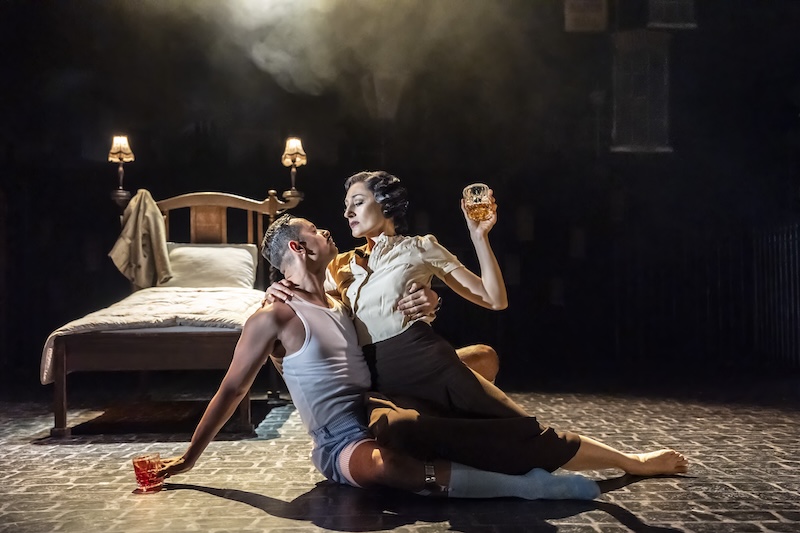 There is no single narrative, since this is not an adaptation of a single tale, as with Bourne’s previous work. Twenty minutes in, any allegiances between the 12 characters are still unclear, and where the story might be heading, or whether there is even going to be one at all, is open to question. This is what makes The Midnight Bell so daring, perhaps especially for a choreographer now expected to turn out international hits. It’s also what makes it so absorbing to watch. This is adult theatre on adult themes with subtlety baked into every scene. Why is the chirpy bar manager so blind to the adoration of the lovely barmaid? What’s making that stylish actress drink to excess night after night? Will the sad spinster (pictured above) ever find love, or will any of them? It’s no spoiler to reveal that the pair who eventually do are perhaps the least likely in terms of the obstacles to be overcome.
There is no single narrative, since this is not an adaptation of a single tale, as with Bourne’s previous work. Twenty minutes in, any allegiances between the 12 characters are still unclear, and where the story might be heading, or whether there is even going to be one at all, is open to question. This is what makes The Midnight Bell so daring, perhaps especially for a choreographer now expected to turn out international hits. It’s also what makes it so absorbing to watch. This is adult theatre on adult themes with subtlety baked into every scene. Why is the chirpy bar manager so blind to the adoration of the lovely barmaid? What’s making that stylish actress drink to excess night after night? Will the sad spinster (pictured above) ever find love, or will any of them? It’s no spoiler to reveal that the pair who eventually do are perhaps the least likely in terms of the obstacles to be overcome.
Terry Davies’ music is another minor miracle given the decision not to pastiche the music of the time, which we assume to be about 1933, post-economic crash but still a long way off pre-war. Recorded by the New Adventures orchestra, Davies’ percussion-rich score, contemporary with now, gives momentum to every encounter on stage, spinning big emotional moments out of nowhere, and ratcheting up the tension time after time. His original music is interspersed with popular songs from the period, lip-synched by various characters to entertaining, sometimes tragic, effect, as they step forward into a spotlight to express their yearning, Pennies From Heaven-style.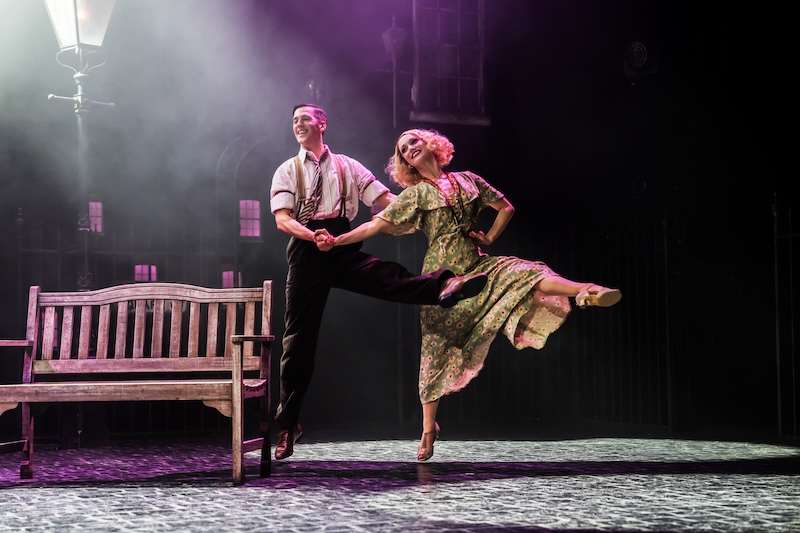 Bourne’s movement vocabulary is similarly split between a contemporary mode in which characters express their true, otherwise concealed, feelings about one another, and social dances of the 1930s. The single Fred-and-Ginger style sequence (pictured above), all shiny smiles, frisky steps and perfect romance, appears on screen in a cinema. The lives of those watching are more gnarly, as expressed in their couple-dances in a crowded bar: some repressed and correct, others sweaty and desperate in moves borrowed from the tango, while the spinster resorts to the flapper steps of a previous decade. There is informed detail everywhere you look, and the cast – all New Adventures regulars, not all of them young – are impeccable. In short, it is hard to fault The Midnight Bell. Not a word is spoken, yet it sends you out into the night with a lot to talk about. How good that after the London run it will visit 11 further venues around the UK.
Bourne’s movement vocabulary is similarly split between a contemporary mode in which characters express their true, otherwise concealed, feelings about one another, and social dances of the 1930s. The single Fred-and-Ginger style sequence (pictured above), all shiny smiles, frisky steps and perfect romance, appears on screen in a cinema. The lives of those watching are more gnarly, as expressed in their couple-dances in a crowded bar: some repressed and correct, others sweaty and desperate in moves borrowed from the tango, while the spinster resorts to the flapper steps of a previous decade. There is informed detail everywhere you look, and the cast – all New Adventures regulars, not all of them young – are impeccable. In short, it is hard to fault The Midnight Bell. Not a word is spoken, yet it sends you out into the night with a lot to talk about. How good that after the London run it will visit 11 further venues around the UK.



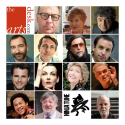
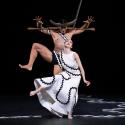








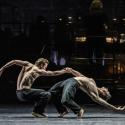
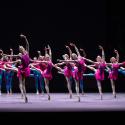
Add comment